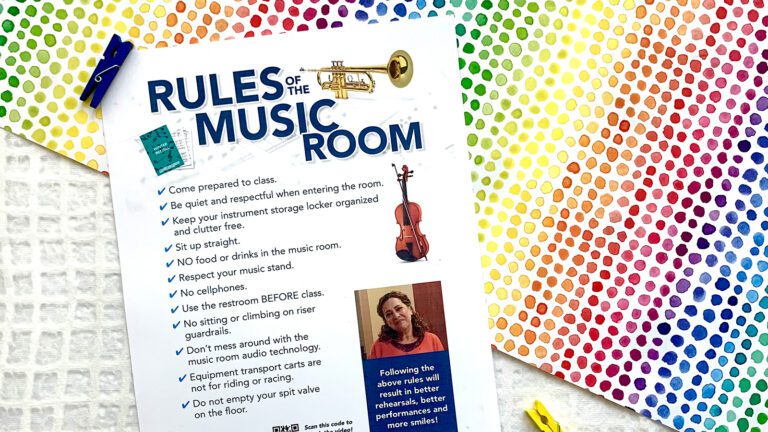Transitioning to a virtual learning platform during the COVID-19 pandemic was a seismic shift for schools and teachers. Most students are looking forward to returning to school in person, while others say remote learning worked best for them. They say they felt more at ease asking questions in virtual classrooms, and some revealed that virtual learning helped them feel free from what they call the “stressful environment of school.”
A recent survey of 16 to 18-year-olds conducted by the Society for Industrial and Applied Mathematics found that one in three students prefer to continue learning online in one form or another. As a result, hundreds of schools are responding by creating ways for virtual learning to continue post-pandemic.
Virtual classroom versus online learning
Although the two might sound the same, there are actually huge differences.
Online learning offers students more autonomy. They can pace themselves but often feel isolated, as online learning doesn’t offer social learning with a teacher present. It asks students to be entirely self-motivated—a tall order for many.
Virtual classrooms are live and more interactive with a teacher-led learning environment that works similarly to a traditional classroom. Virtual classrooms give students access to an educator, and with the help of technology, classes can break into smaller groups and work together. This can be a huge help for summer school, remedial learners and resource sharing.
Also, having a virtual classroom option means school districts can keep their students enrolled without losing them to other learning programs.
Demand for virtual learning is growing
Students may prefer remote learning for a variety of reasons, such as health or social issues, loss of time to commuting, or reasons of socio-economic need. Black, Latino and Asian students are preferring to be remote at much greater numbers than White students, according to an analysis conducted by The Associated Press and Chalkbeat.
An 18-year-old student in Texas told the New York Times that because of remote learning, she’s able to maintain a part-time job and help her family pay the bills.
To meet the demand, the New York Times reports that both Fulton County Schools in Atlanta and the Anchorage, Alaska School District are expecting thousands of students to attend online in the fall. And the RAND Corporation found that 58 out of 288 of the surveyed districts were planning an online school or at least considering it.
“We have some students who really excelled with virtual learning—students who were bullied or found the virtual option allowed them to find their voice so they could speak up more,” Superintendent Curtis Jones Jr. of Georgia’s 25,000-student Bibb County School District tells the Washington Post. Jones is planning for 500 to 600 students to return for virtual learning if the state funding allows.
“Good communities provide educational opportunities for all, not just some,” Miami-Dade Schools Superintendent Alberto Carvalho says.
The Clark County School District in Las Vegas is expanding and hiring more teachers due to the demand for remote learning. About 8 percent of 310,000 students want distance education this fall.
In Montgomery County, Maryland, a $3.5 million “virtual academy” is set to open.
A school in Minneapolis is creating an online school with its own dedicated staff. Class size will be set at 30 to 35 students, and 1,000 kids have already signed up in the fall.
Tech is evolving to meet the needs of virtual students
For schools looking to meet the demand for virtual learning, the use of technology will continue to be critical.
Classrooms are also incorporating innovative tech to increase student engagement. Using platforms such as Jigsaw Interactive lets students drive their experience through hands-on learning opportunities. Jigsaw allows students to solve math problems on virtual whiteboards, annotate on documents, and collaborate in breakout rooms. Additionally, teachers have access to built-in assessments and engagement analytics to ensure students are getting the most out of lessons.
“We can put the students into [Jigsaw] breakout rooms, and they can have those conversations that they need to while the teacher can move in and out, listen, and give feedback,” Jessica Ogburn, Instructional Technology Coordinator at South Carolina Department of Education, says.
iForward is one of the only virtual schools in Wisconsin, and it depends on Jigsaw Interactive. “We love the fact that you can load classroom assets ahead of time, and they stay there,” iForward principal says.
Schools are working to improve connection between virtual and in-person students
In order to face the challenges of separation between virtual and in-person students, schools must devise ways to connect them.
A school in Georgia’s Cobb County offers what they call a “geographic cluster model” for online elementary school students. The idea is to build strong bonds between the remote learners and those in the classroom, John Floresta, Cobb County’s chief of strategy and accountability, tells Atlanta Journal Constitution.
“At the elementary age, that relationship between the teacher and the kid really, really matters,” Floresta says.
Additionally, schools are ensuring that online students can participate in extracurricular activities. Virtual students can join sports teams, clubs and other programs.
Schools are likely to look different in the future
However, many school districts have decided not to offer a virtual option for students.
New York City, New Jersey, Illinois and some districts in Florida are all but eliminating remote learning.
“We know our schools have been safe, and we need our children back,” the New York’s school’s chancellor, Meisha Porter, said in an interview. “Nothing, absolutely nothing, replaces the interaction and the learning that happens between a student and teacher in our classrooms.”
The COVID-19 pandemic changed the way many families experienced school. Some districts will adapt, and others will encourage families to return to in-person. But, it seems, the genie will not soon return to the bottle.
Looking for a virtual learning platform for your school?
Jigsaw Interactive is a virtual classroom that offers a unique experience for teaching, learning, and student collaboration. Learn more and explore how Jigsaw Interactive can help your school.



